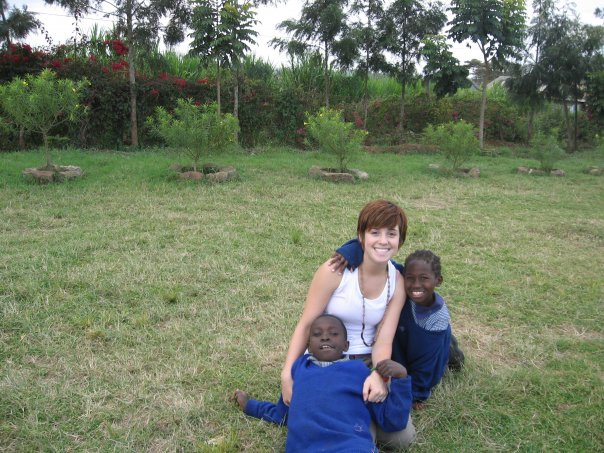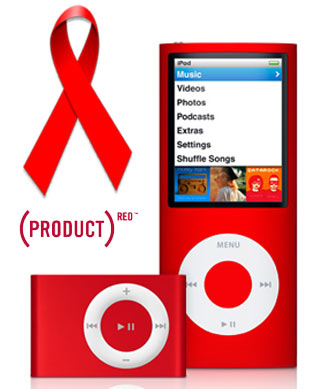AIDS: Acquired ImmunoDeficiency Syndrome

This past week I had the opportunity to sit down with Dr. Liao, who is a Biology professor at Furman University. Dr. Liao walked me through the scientific make up and nature of HIV/AIDS. Before this interview I did not know the technical and scientific aspects of the disease, but was more focused on understanding the effects it has on the people it infects. My newfound understanding of where the disease stems from, has provided me with a whole new perspective on the disease.
As an American, I am very fortunate to have extraordinary medical assistance and healthcare at my fingertips. Now that I am aware of the ways in which HIV/AIDS is contracted, can spread, and infect; I have a better understanding of how I can help those less fortunate than myself. Dr. Liao insisted that in order to really stop the spread of HIV/AIDS people need to understand where it comes from, because with the knowledge of how the disease works people can then combat its deadly course.
Local and national philanthropies such as PEPFAR, The Gates Foundation, and Africa Rising are doing many wonderful things such as providing aid and assistance to people suffering from HIV/AIDS, but the money can only go so far. Through my research I have learned that in order to truly stop the spread of HIV/AIDS philanthropies and groups need to start educating those that are infected and providing them with the knowledge of why and how they are infected and how they can stop future infections. Hopefully, with the knowledge and understanding of HIV/AIDS we will start to see a decline in infections, and put an end to the HIV/AIDS pandemic.
For an interview with Dr. Liao: One on One with Dr. Liao
Slideshow of Pictures: Looking to the Future




